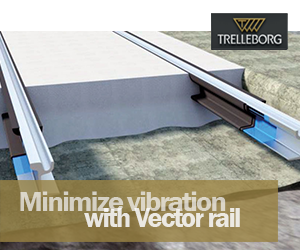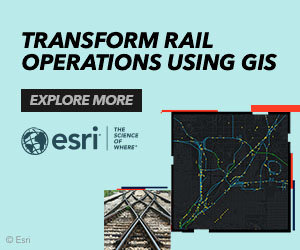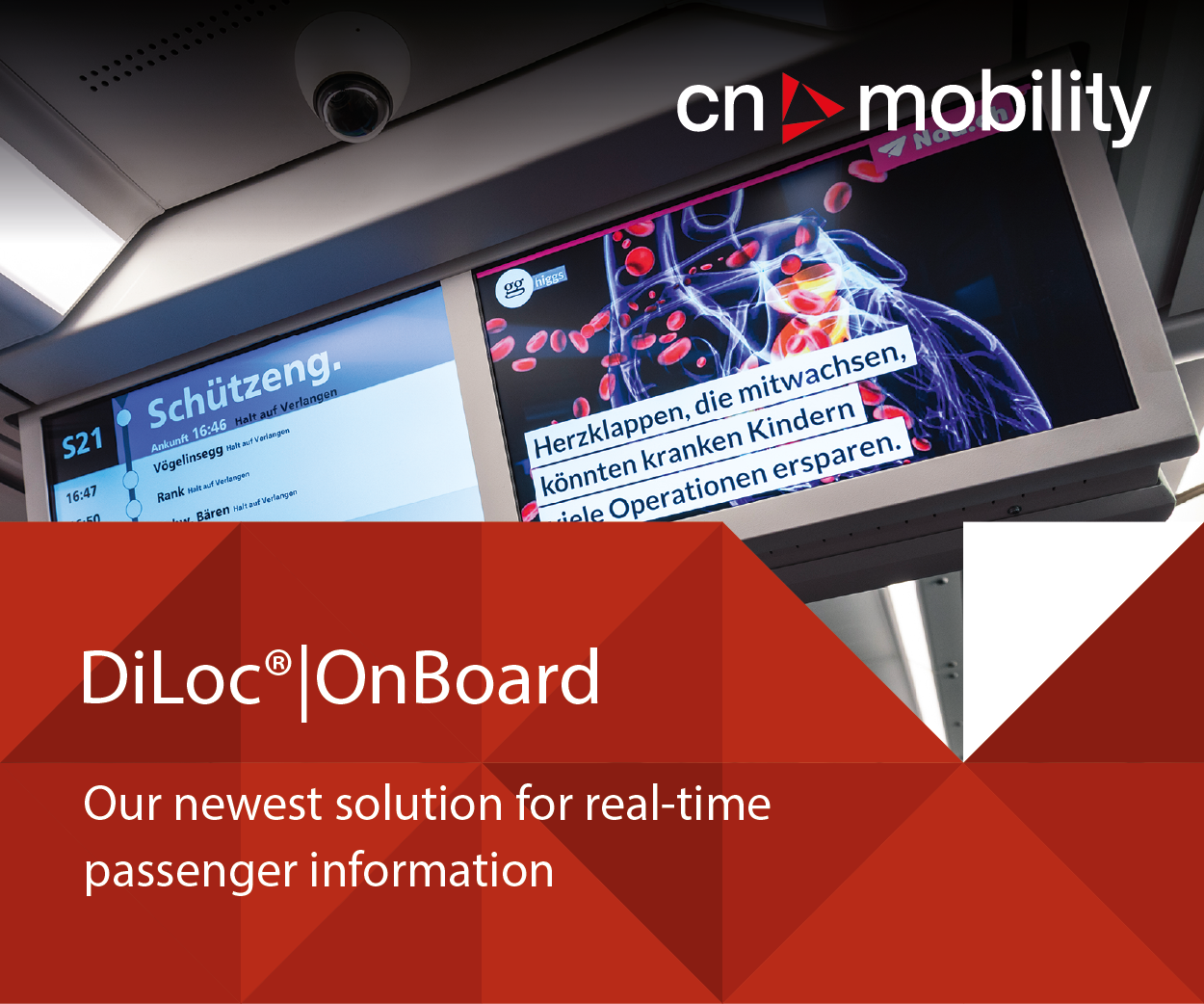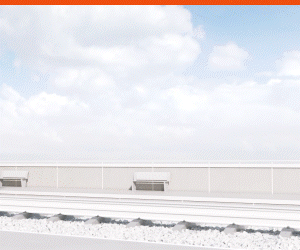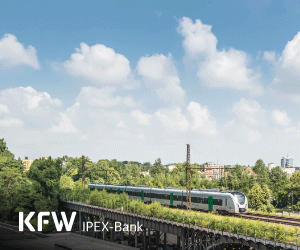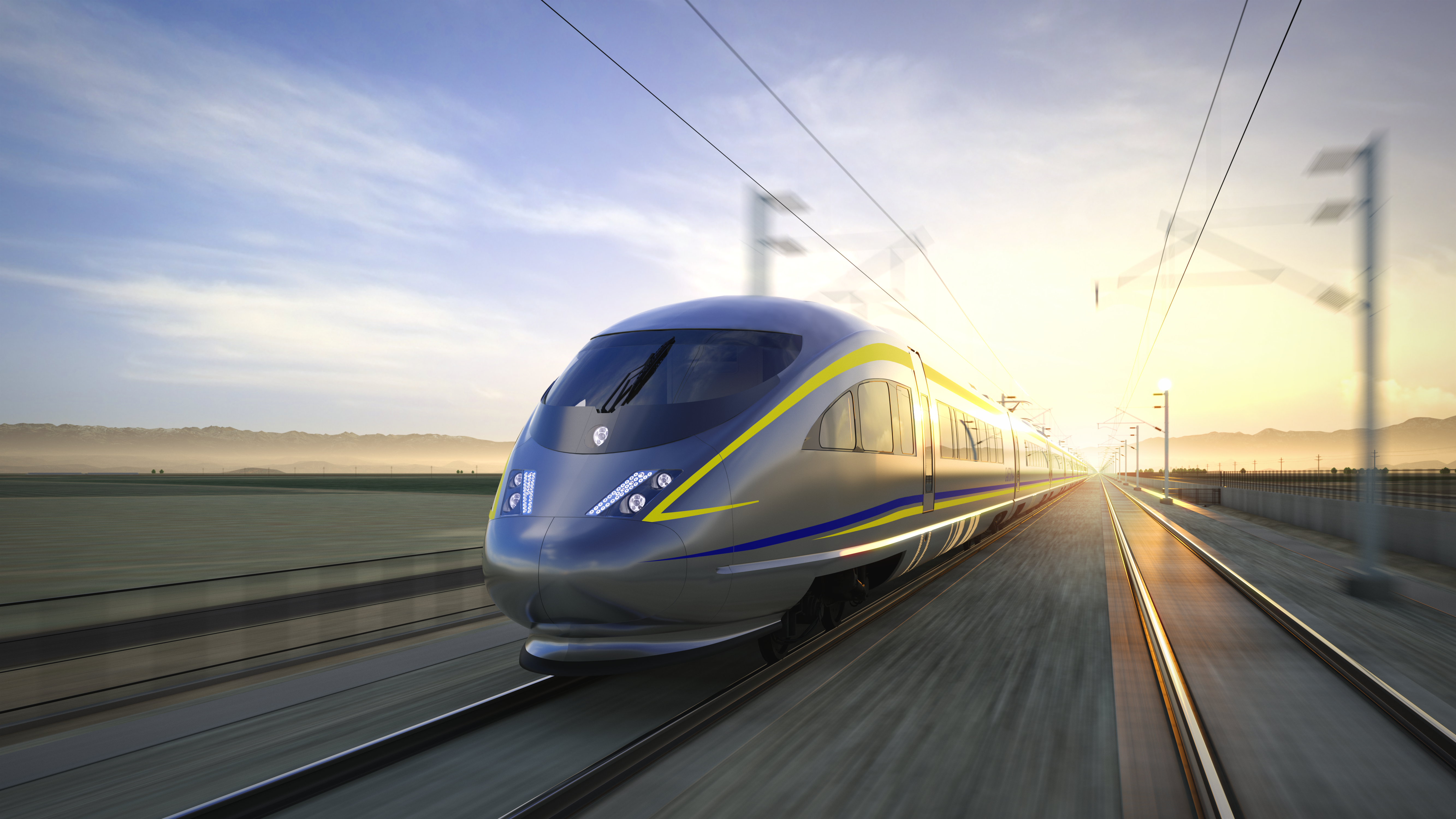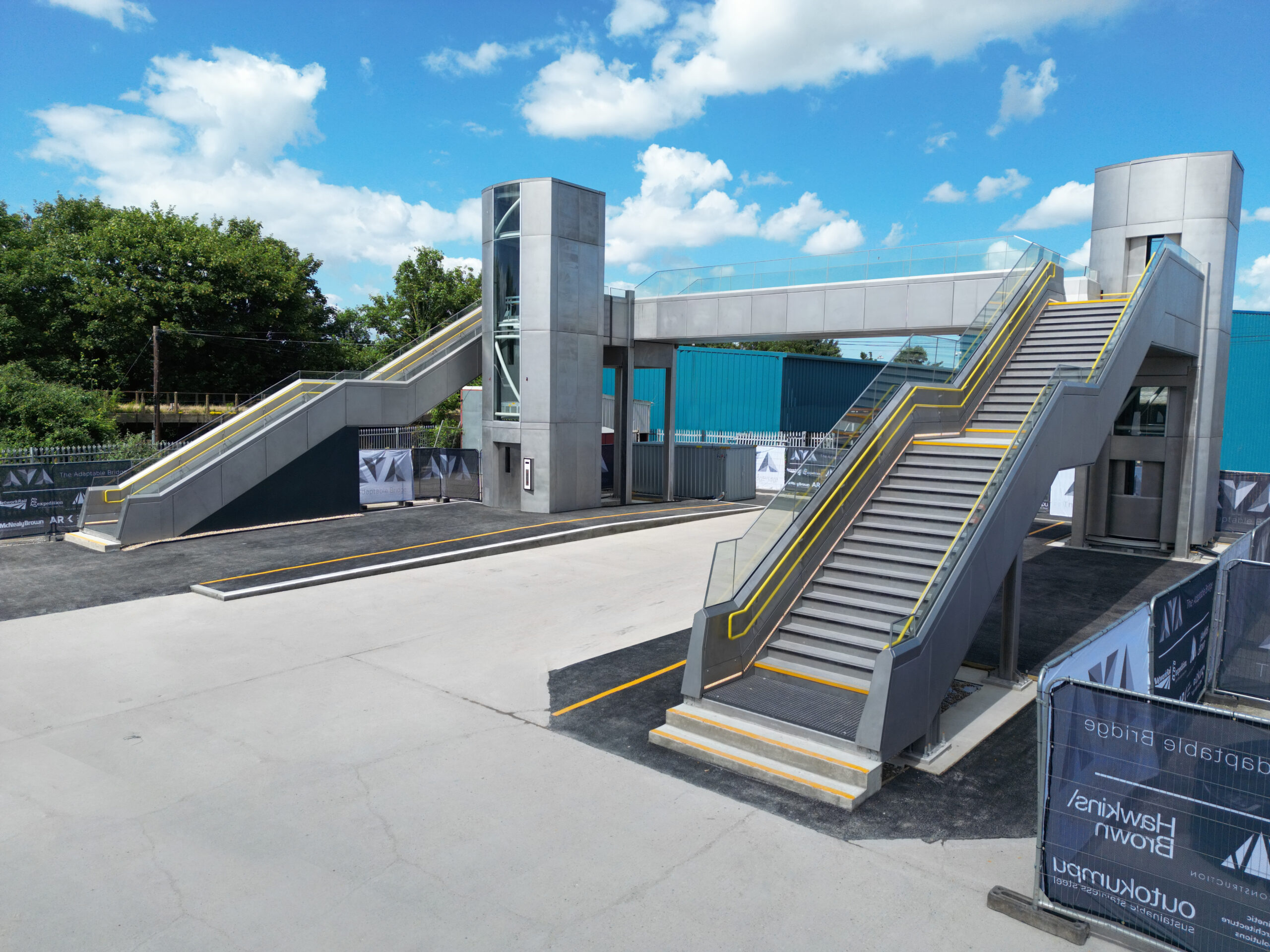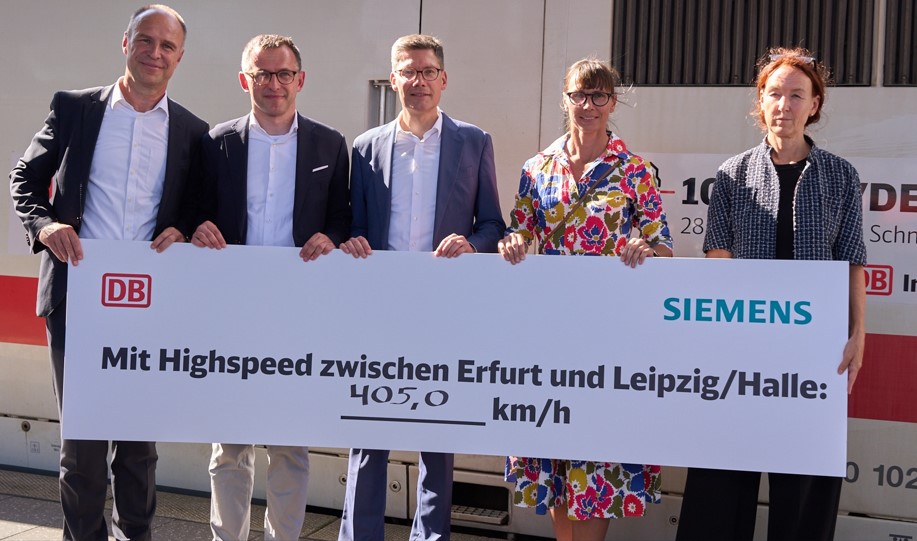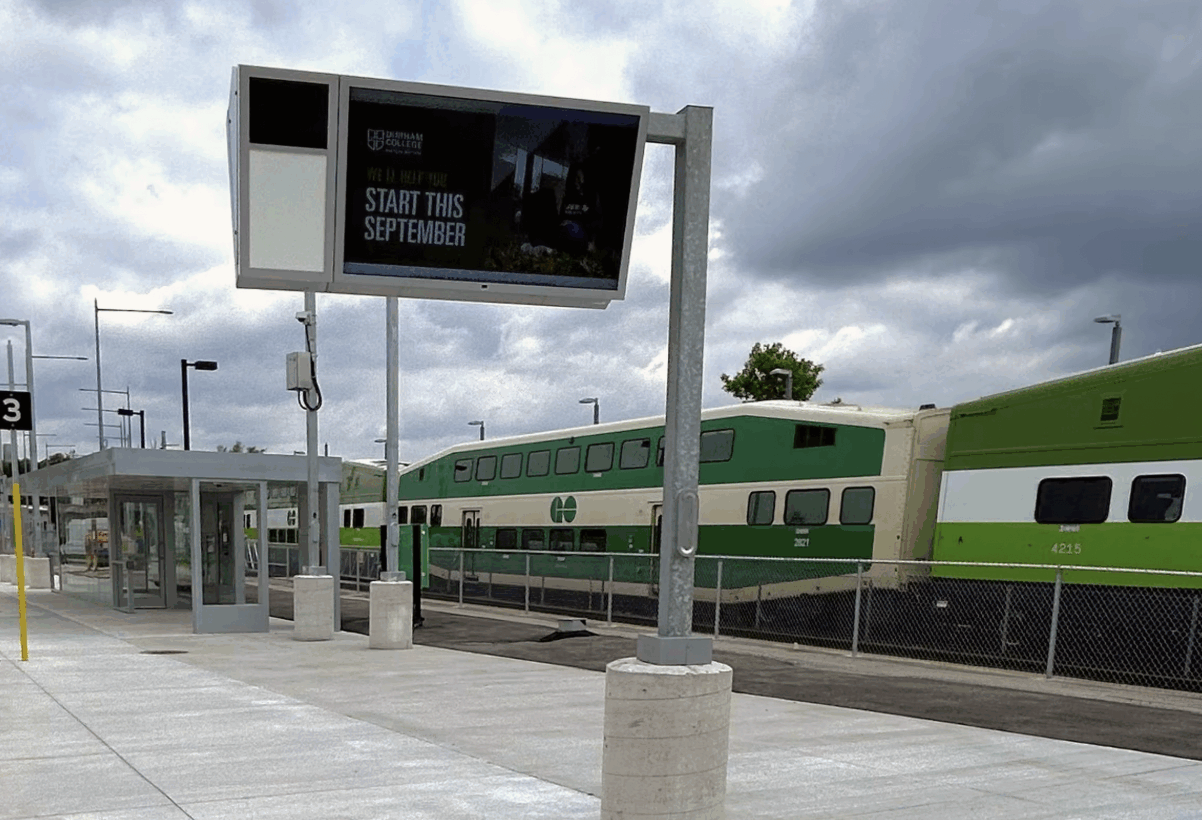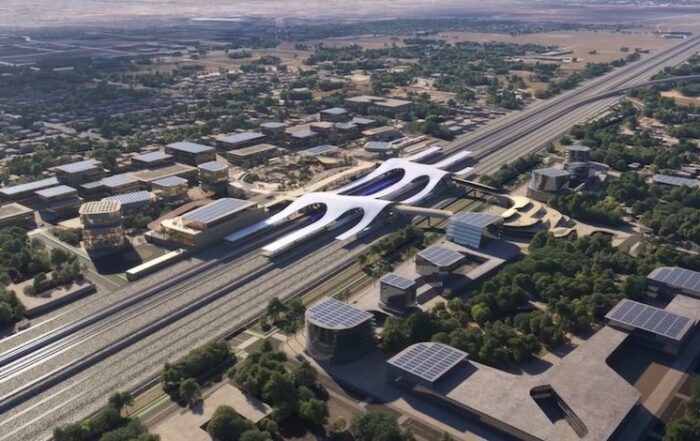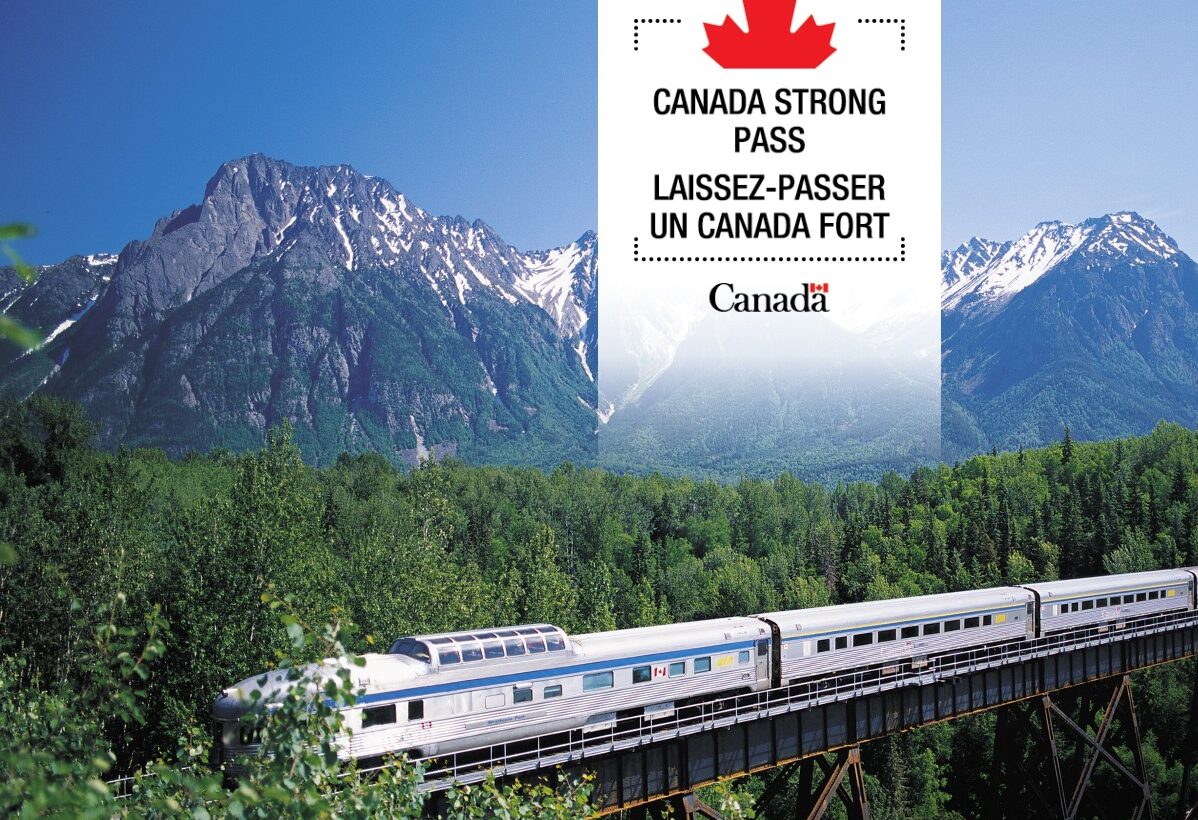Earlier this year, the Canadian government confirmed plans to develop a high-speed rail network connecting major cities from Toronto to Québec City. The project, named Alto, will cover approximately 1,000 kilometres and is expected to reach speeds of up to 300 km/h. The service will include stops in Toronto, Peterborough, Ottawa, Montréal, Laval, Trois-Rivières, and Québec City.
This new, high-speed route overlaps with VIA Rail’s existing Ontario-Québec corridor, which connects Windsor to Québec City via Toronto and Montréal, with several intermediate stops between the major cities. However, compared to this service, Alto will significantly reduce travel times. For example, the journey from Montréal to Toronto is expected to take just three hours, roughly half the current duration. As a result, the service is likely to attract passengers who might otherwise choose to fly.

In light of this improvement, what will the launch of the new corridor mean for VIA Rail’s existing network? According to Mario Péloquin, CEO of VIA Rail, the answer is clear: Alto and VIA Rail will not compete, but will complement one another to create a more efficient and integrated rail system.
Different Tracks, Common Goals
Speaking at the APTA High-Speed Rail Seminar in San Francisco, Péloquin emphasised that the future of Canada’s passenger rail network isn’t facing a binary choice between high-speed and conventional services. Instead, the country needs both.
This model echoes networks seen elsewhere in the world, with high-speed and conventional rail co-existing in European countries such as Italy, France, and Germany. These countries have built high-speed lines that bypass smaller towns, while regional and conventional services continue to serve them reliably.
Similarly, Péloquin confirmed that VIA Rail will not discontinue the regional rail services connecting smaller communities.
Mario Péloquin, CEO of VIA Rail said:High speed rail and conventional rail are not competing. This is a myth. They serve different, complementary purposes, and we see this all over Europe.
If we want to continue reducing greenhouse gas emissions and help move people efficiently, we need to have both services... High speed will serve the major cities, and the communities in between will continue to rely on conventional rail.
This future isn’t about fast versus slow. It’s about smart connections, inclusive access, and shared purposes. That’s what we’re working towards at VIA Rail.
VIA Rail will thus continue to serve as the foundation of local and regional travel, while Alto offers a high-speed express link between major centres. Together, they will allow passengers to move seamlessly between networks, choosing the option that best fits their schedule, budget, and destination.
On this point, Péloquin also addressed questions about potential pricing differences between VIA Rail’s existing system and the high-speed alternative. While the project is still in early stages and pricing has not yet been determined, the government has promised to ensure Alto is affordable, and it is expected to be priced competitively with air travel. However, VIA Rail may remain the more economical option for travellers with time but tighter budgets, much like slower trains in Europe. Crucially, this means passengers won’t be forced into a one-size-fits-all system.
Seamless, Integrated Travel
As part of this vision, Péloquin highlighted the importance of integrated mobility that will serve users from door to door. VIA Rail will therefore collaborate with additional transport providers to deliver seamless connections. Notably, this includes discussions with Canada’s national airline, Air Canada.
Although Alto is set to compete with Air Canada’s domestic flights, which currently operate near-hourly between Toronto and Montréal, the airline has joined the consortium working on the project. Péloquin noted that this is likely a strategic move to work with, rather than against, the service. By combining air and rail travel, Péloquin argued that Alto could facilitate a smooth, connected journey “all the way to Brazil, or wherever people want to go,” connecting more communities to Toronto Pearson International Airport.
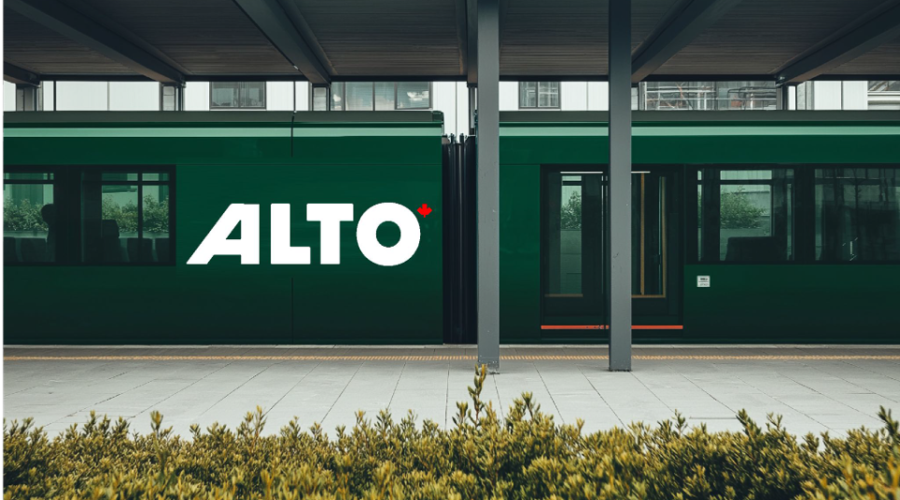
This historic transformation in Canadian rail will take time. Over the next five years, Alto will undergo detailed design work, environmental assessments, and Indigenous engagement. VIA Rail, meanwhile, continues its service and modernisation, committed to a role that is not diminishing but evolving alongside the new system.
With Alto and VIA Rail on parallel tracks, each serving its unique function, Canada is arguably laying the groundwork for an efficient, integrated transportation system.
Read more from the APTA High-Speed Rail Seminar:
- US High-Speed Rail: The Missed Train — and the One We Still Can Catch
- San Francisco Bay Area Readies for California High-Speed Rail

